Rather than hijack someone else's thread:
I'm chasing a wide swing, low gain phase inverter with mixing capability. Without the mixing, a split load seems to work just fine. (The grids are buffered anyway) But a summing amp looks a lot like an LTPI, since they're both differential amplifiers. I determined the max clean swing out of the tone stack to be about 140vpp, and I only need about 130Vpp at the grids of my power amp. (Arrived at with a -44v bias, +20v corresponding to the 5mA grid conduction limit I set.) So I should be able to drive the power amp into the grid conduction limit with a clean signal if I wanted to.
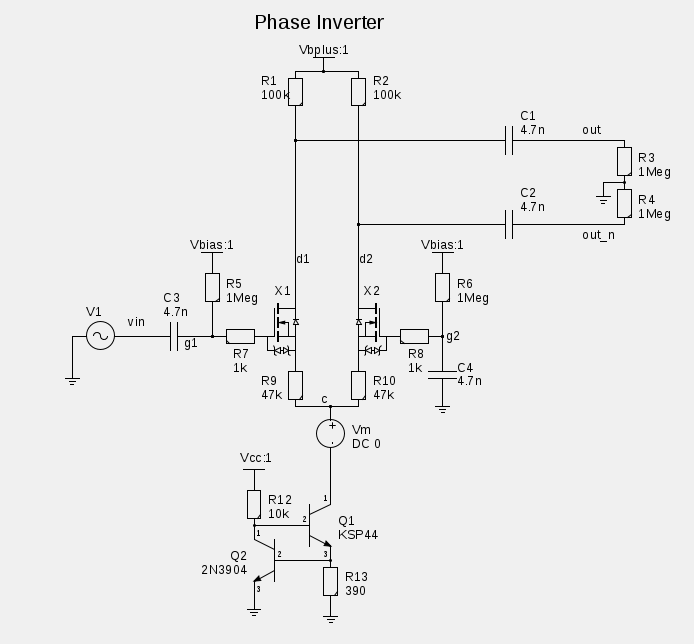
I have my input and drive requirements working if I use a CCS. Replacing the CCS with a tail resistor appears to starve on either side of what I calculate the target resistance to be for the same idle current. The CCS should be drawing 1.7mA quiescent, and sitting at 47.3v with no signal, or a resistance of about 28k. But I haven't been able to find a resistor value that keeps it from either clipping or starving, while the CCS appears to work beautifully. Can I still meet all the requirements above with just a tail resistor?
Edit: Bplus is 390V, Vbias is 90V
I'm chasing a wide swing, low gain phase inverter with mixing capability. Without the mixing, a split load seems to work just fine. (The grids are buffered anyway) But a summing amp looks a lot like an LTPI, since they're both differential amplifiers. I determined the max clean swing out of the tone stack to be about 140vpp, and I only need about 130Vpp at the grids of my power amp. (Arrived at with a -44v bias, +20v corresponding to the 5mA grid conduction limit I set.) So I should be able to drive the power amp into the grid conduction limit with a clean signal if I wanted to.

I have my input and drive requirements working if I use a CCS. Replacing the CCS with a tail resistor appears to starve on either side of what I calculate the target resistance to be for the same idle current. The CCS should be drawing 1.7mA quiescent, and sitting at 47.3v with no signal, or a resistance of about 28k. But I haven't been able to find a resistor value that keeps it from either clipping or starving, while the CCS appears to work beautifully. Can I still meet all the requirements above with just a tail resistor?
Edit: Bplus is 390V, Vbias is 90V
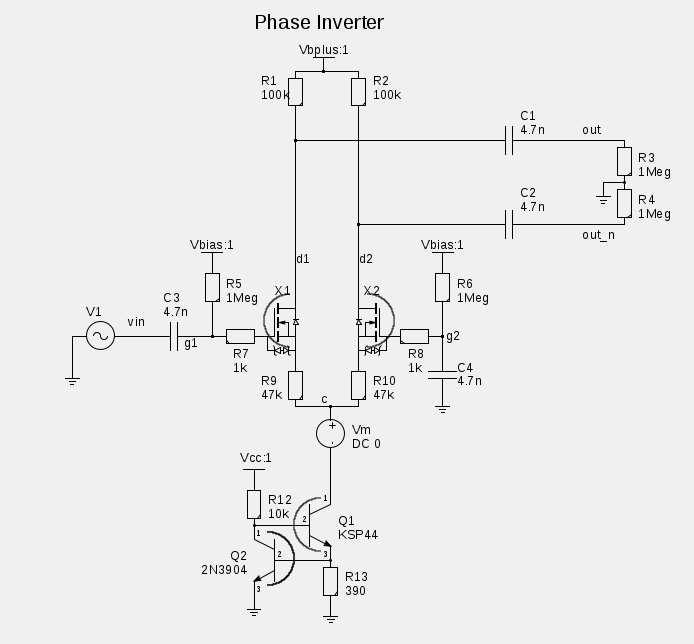


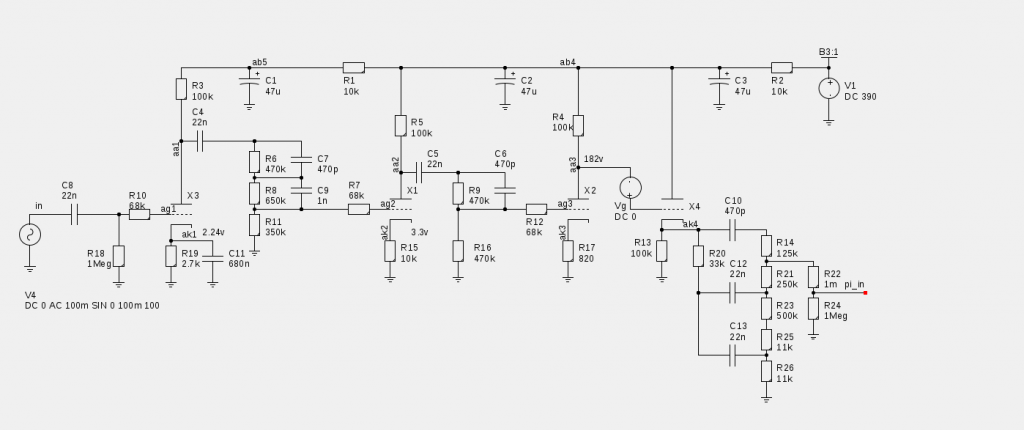
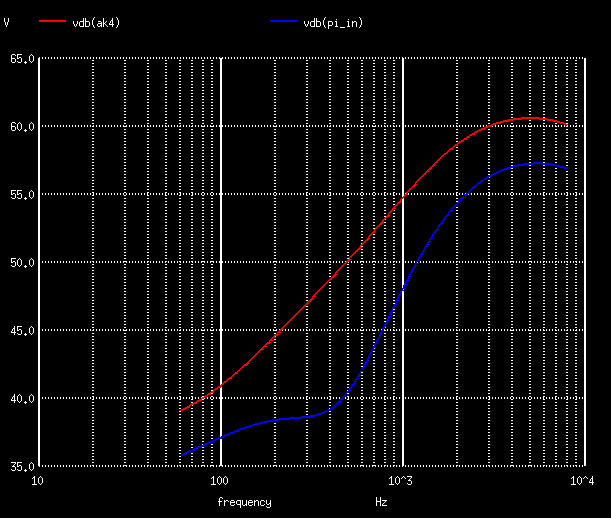
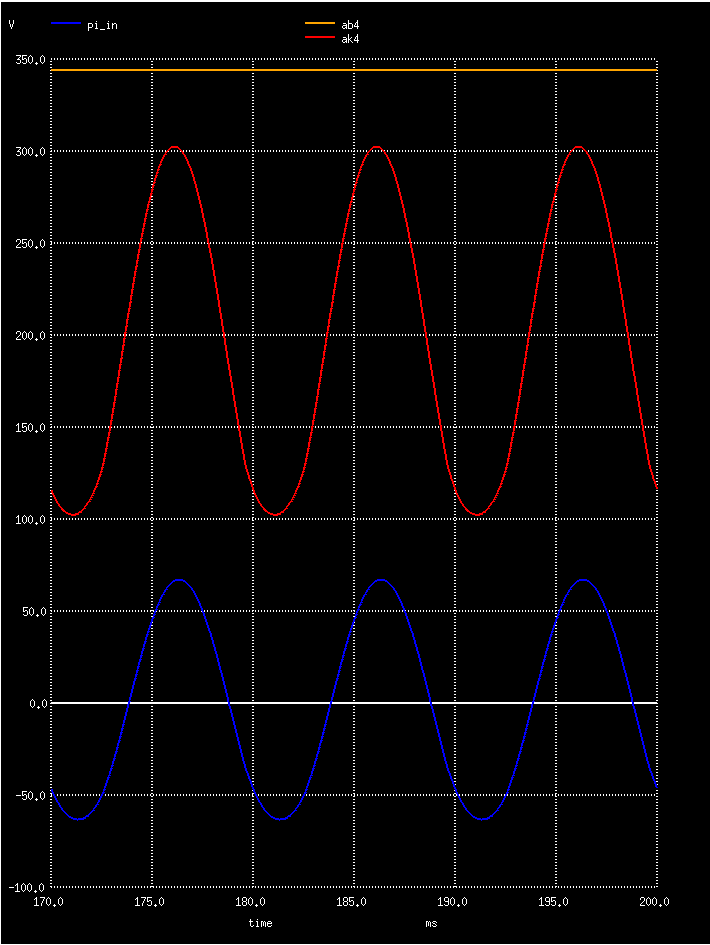
Comment